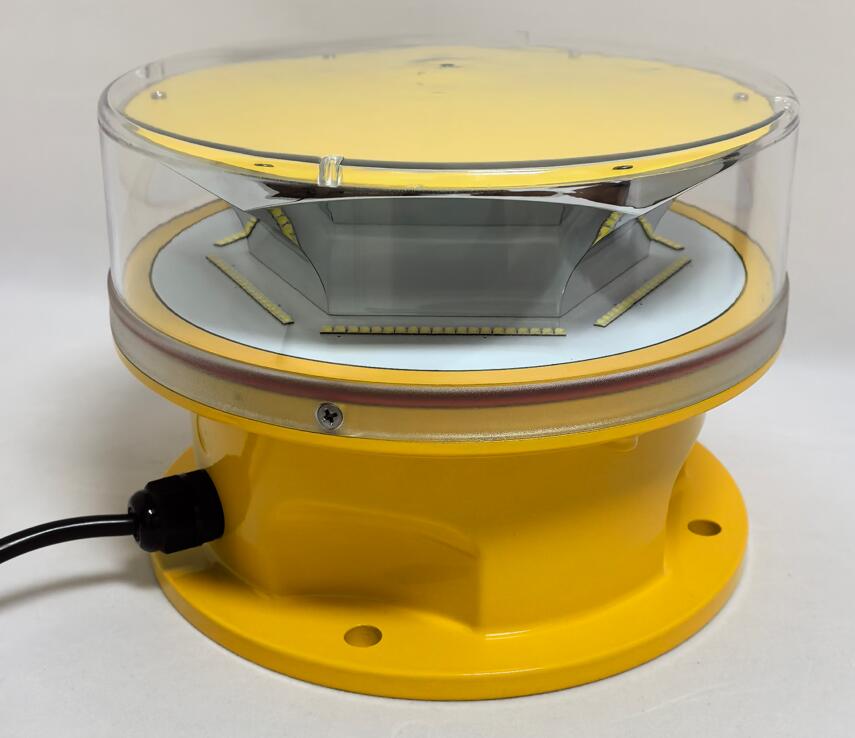Obstacle Light: The Guardian of Aviation and Infrastructure Safety
In our vertically expanding world, obstacle lights have become silent protectors of both aviation safety and structural integrity. These specialized warning systems serve as critical visual markers, preventing collisions between aircraft and man-made structures. As urban landscapes grow taller and air traffic becomes denser, the role of obstacle lights has evolved from simple beacons to sophisticated safety systems integrating cutting-edge technology.
The Critical Role of Obstacle Lights
Modern obstacle lights perform several life-saving functions:
Provide 24/7 visual warnings for aircraft navigation
Mark hazardous structures in all weather conditions
Enhance situational awareness for pilots

Comply with international aviation safety standards
Protect both mobile and stationary assets
| obstacle light |
Technical Evolution of Obstacle Lighting
1. Lighting Technology Advancements
Transition from incandescent to high-efficiency LED systems
Development of dual-intensity and multi-color options
Implementation of synchronized flash patterns
Integration of photocell-controlled operation
2. Durability Enhancements
Aerospace-grade aluminum housings
| obstacle lights |
Corrosion-resistant coatings for harsh environments
IP66 or higher waterproof ratings
Vibration-resistant designs for tall structures
3. Smart System Integration
Remote monitoring capabilities
Automatic fault detection
Energy-saving dimming functions
Wireless control systems
Global Regulatory Standards
Obstacle lights must comply with stringent international regulations:
FAA AC 150/5345-43J (U.S. standards)
ICAO Annex 14 (International Civil Aviation Organization)
EN 61820-1 (European norms)
CASA regulations (Australian requirements)
Industry-Specific Applications
1. Aviation Infrastructure
Airport obstacle lighting systems
Approach path indicators
Control tower visibility markers
2. Telecommunications
Cell tower warning systems
Broadcast antenna markers
Microwave relay station lights
3. Wind Energy Sector
Turbine blade tip markers
Meteorological tower lights
Offshore wind farm lighting
4. Urban Development
Skyscraper safety systems
Bridge and crane lighting
Construction site markers
Operational Advantages
1. Safety Performance
High visibility in all conditions
Reliable operation in extreme environments
Reduced pilot workload
Enhanced collision avoidance
2. Maintenance Benefits
Extended service life (50,000+ hours)
Modular design for easy servicing
Reduced downtime
Lower total cost of ownership
3. Environmental Considerations
Energy efficient operation
Reduced light pollution
Sustainable materials
RoHS compliant components
Installation Best Practices
For optimal obstacle light performance:
Conduct thorough site assessments
Follow manufacturer spacing guidelines
Ensure proper electrical protection
Implement regular inspection schedules
Maintain compliance documentation
Future Technology Trends
The next generation of obstacle lights will feature:
Solar-powered autonomous systems
AI-driven predictive maintenance
Integration with air traffic control networks
Advanced materials for extreme environments
Smart city connectivity
Obstacle lights remain indispensable guardians of aviation safety in our increasingly vertical world. Their continuous technological evolution ensures they meet the challenges of modern airspace while maintaining the highest safety standards. For aviation authorities, infrastructure developers, and safety professionals, investing in advanced obstacle light systems represents both a regulatory requirement and a commitment to protecting lives and property. As we move toward smarter cities and more complex airspace utilization, these critical safety devices will continue to play a vital role in collision prevention and safe navigation. The future of obstacle lighting promises even greater integration with digital systems while maintaining the reliability that the aviation industry depends on.
